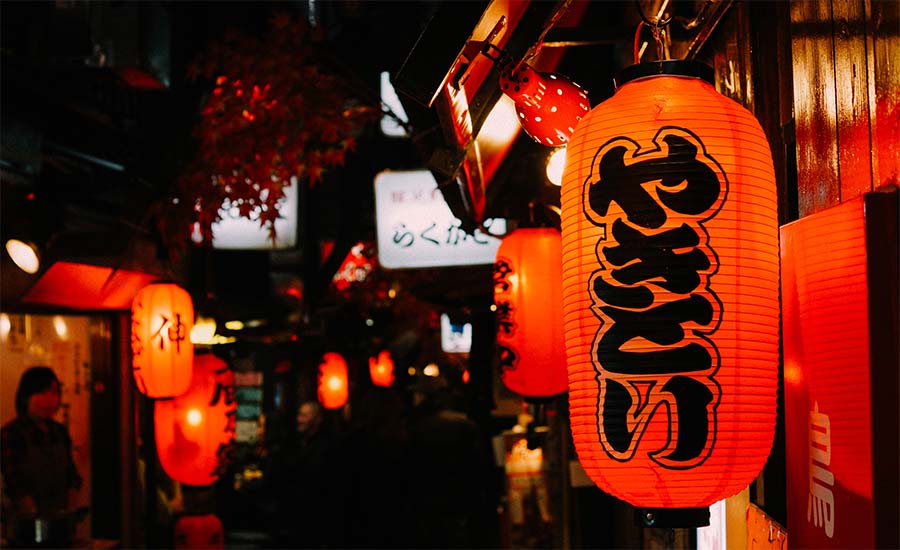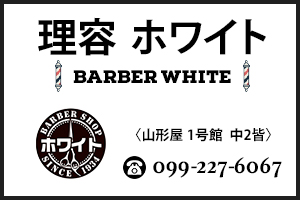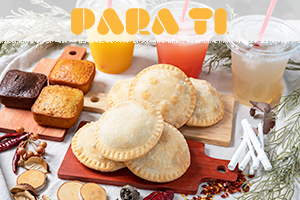Ohashi – How to use chopsticks and the basic manners for their use
 Written by D Armando
Written by D Armando
Translated by A. Osorio
1.5.2021 (Re:17.1.2022)
In recent years, the culture of chopsticks has become widespread throughout the world due to the influence of the Asian cultures and their diversity of foods. This time, we will introduce the history of chopsticks, how to use them, and their manners.
2. The beginning of the chopstick culture in Japan
4. How to hold and use chopsticks
5. Wrong way to hold chopsticks
6. Mistakes You Shouldn’t Make When Using Chopsticks
12. Little tips related to chopsticks
15. My hashi – My own chopsticks
16. Enjoy life with chopsticks!
1. The chopsticks culture
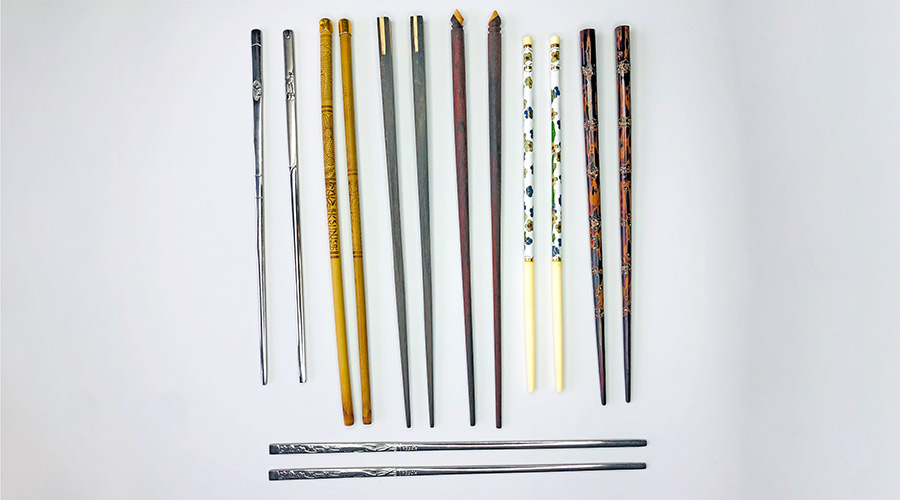 Chopsticks are used in East Asia, such as China, Singapore, Vietnam, Thailand, Laos, Cambodia, Mongolia, Korea, and Taiwan, but chopsticks are commonly used in conjunction with spoons and forks.
Chopsticks are used in East Asia, such as China, Singapore, Vietnam, Thailand, Laos, Cambodia, Mongolia, Korea, and Taiwan, but chopsticks are commonly used in conjunction with spoons and forks.
2. The beginning of the chopstick culture in Japan
 Chopsticks are believed to have been used in Japanese foods around 1,400 years ago during the Asuka period. It is said that during the Japanese missions to Sui China, the missionaries learned about this culture, they brought it and it was spread throughout Japan. In China they already had this culture for more than 3,000 years.
Chopsticks are believed to have been used in Japanese foods around 1,400 years ago during the Asuka period. It is said that during the Japanese missions to Sui China, the missionaries learned about this culture, they brought it and it was spread throughout Japan. In China they already had this culture for more than 3,000 years.
3. Chopsticks types
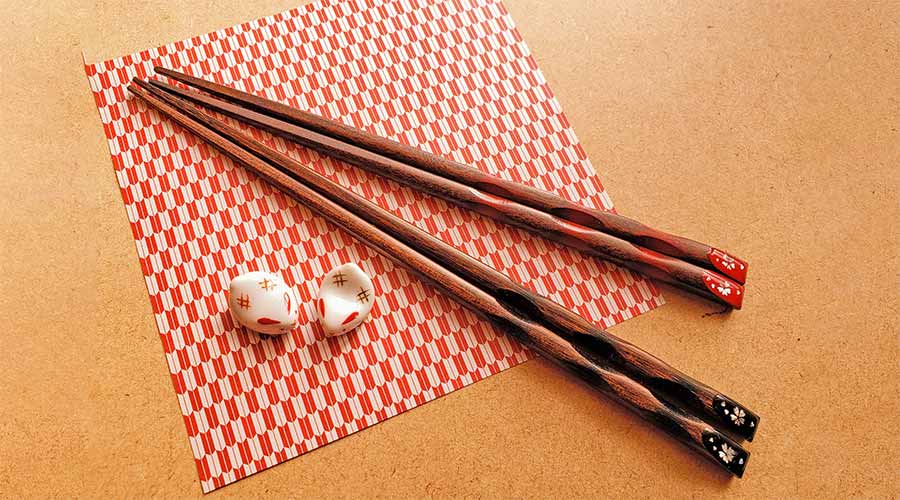 There are many types of chopsticks. The chopsticks that adults use when eating are of different thickness and length for men and women. The chopsticks (Meotobashi) as in the above photo, are the chopsticks for married couples that have the same design but in a different color.
There are many types of chopsticks. The chopsticks that adults use when eating are of different thickness and length for men and women. The chopsticks (Meotobashi) as in the above photo, are the chopsticks for married couples that have the same design but in a different color.
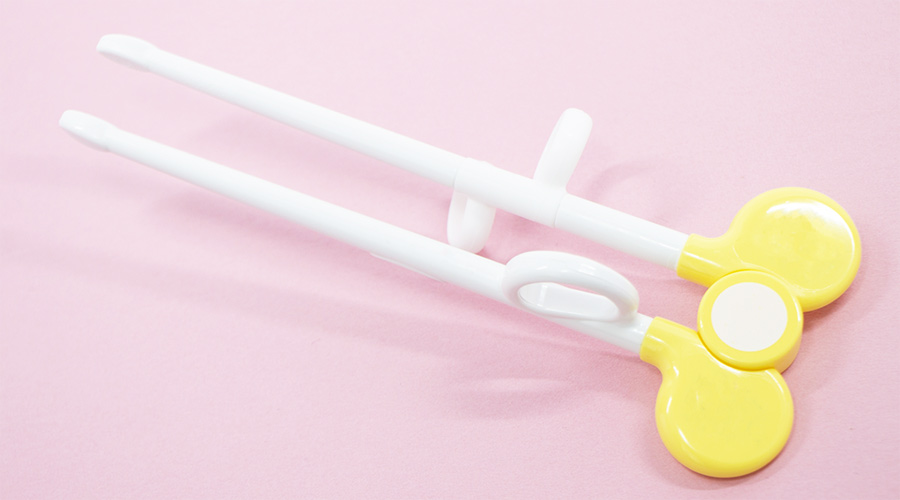 Children use chopsticks that are slightly thinner and smaller than adults. There are also chopsticks for practice, which have built-in rings to insert the fingers and thus be able to handle them easily, many Japanese children practice eating rice and other foods with these special chopsticks, since the age of two.
Children use chopsticks that are slightly thinner and smaller than adults. There are also chopsticks for practice, which have built-in rings to insert the fingers and thus be able to handle them easily, many Japanese children practice eating rice and other foods with these special chopsticks, since the age of two.
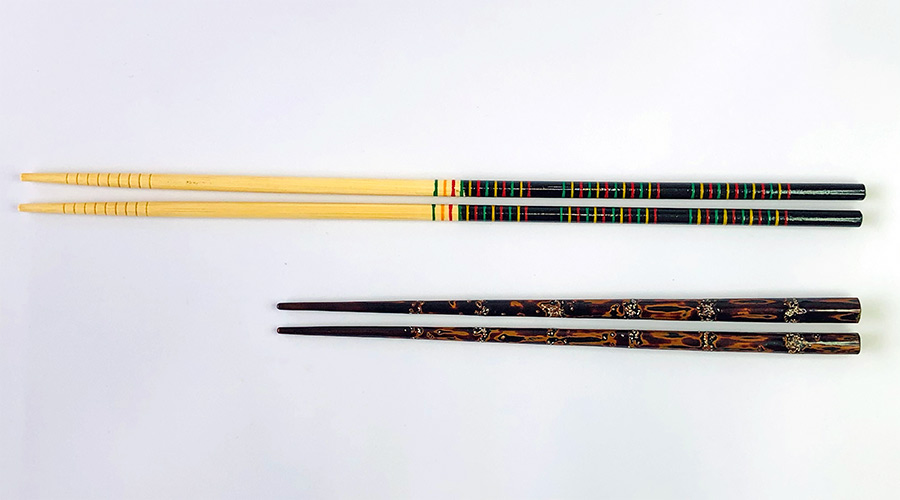 Chopsticks for cooking are generally thicker and longer than the chopsticks used for eating. In the photo above, the long chopsticks are for cooking and the short chopsticks are for eating.
Chopsticks for cooking are generally thicker and longer than the chopsticks used for eating. In the photo above, the long chopsticks are for cooking and the short chopsticks are for eating.
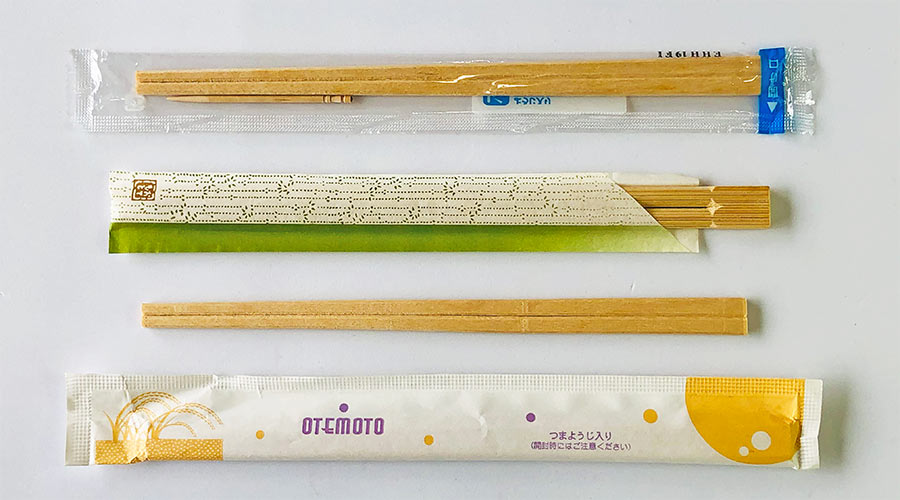 Disposable chopsticks made of wood or bamboo are also very common.
Disposable chopsticks made of wood or bamboo are also very common.
 For the New Year celebrations and weddings, it is customary to use more disposable chopsticks with the word “Kotobuki” which means “Celebration” and also they have different shapes.
For the New Year celebrations and weddings, it is customary to use more disposable chopsticks with the word “Kotobuki” which means “Celebration” and also they have different shapes.
4. How to hold and use chopsticks
 First, hold one chopstick with your index, middle and thumb fingers as if you were holding a pencil. Hold the tops of the chopsticks (for about 3 to 5 cm).
First, hold one chopstick with your index, middle and thumb fingers as if you were holding a pencil. Hold the tops of the chopsticks (for about 3 to 5 cm).
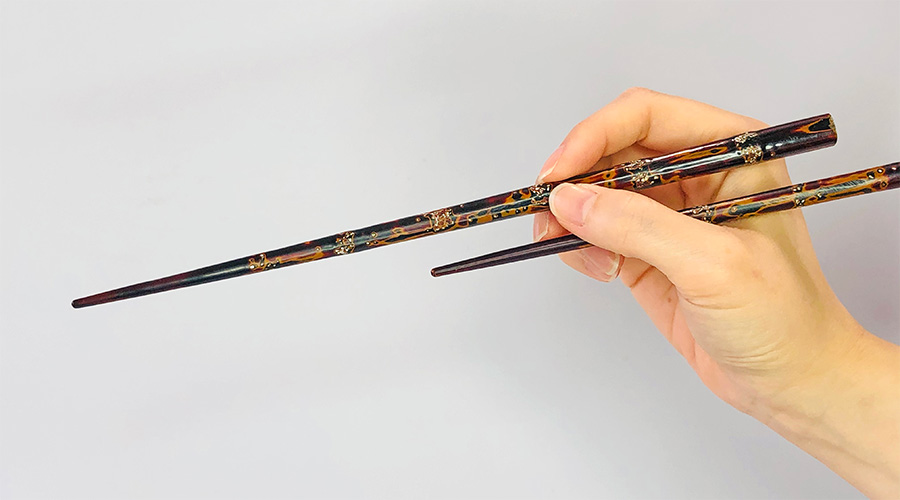 Keep it in that state and insert the other one at the bottom as seen in the photo. This is the basic form.
Keep it in that state and insert the other one at the bottom as seen in the photo. This is the basic form.
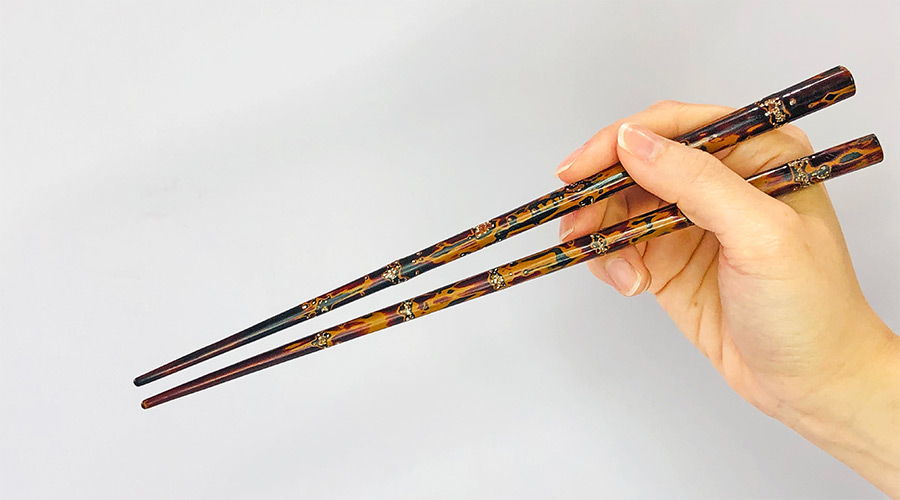 Use your thumb and ring finger as a supporting point and move the top of the stick up and down, with your index and middle fingers. Do not move the lower chopstick.
Use your thumb and ring finger as a supporting point and move the top of the stick up and down, with your index and middle fingers. Do not move the lower chopstick.
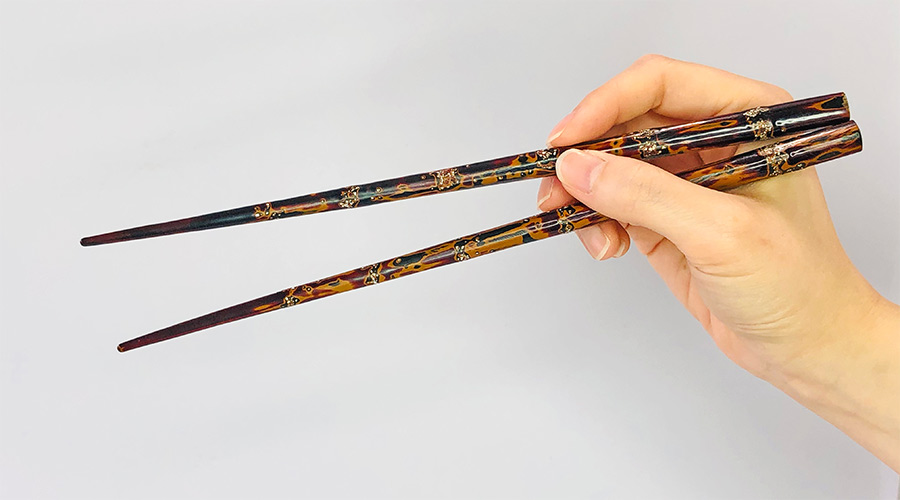
5. Wrong way to hold chopsticks
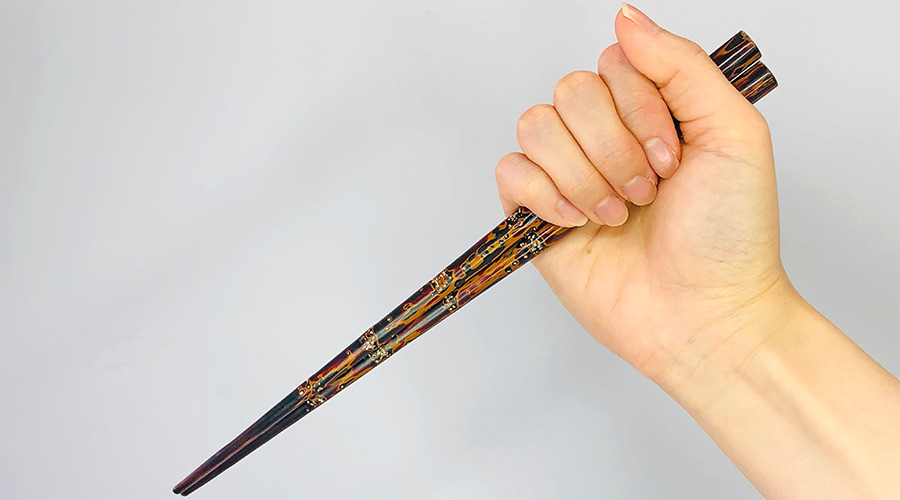 It is a lack of etiquette to grasp the chopsticks and use them as a fork or knife.
It is a lack of etiquette to grasp the chopsticks and use them as a fork or knife.
6. Mistakes You Shouldn’t Make When Using Chopsticks
In Japan, there are several things not to do when using chopsticks. In Japanese it is called “Kiraibashi” which means bad etiquette. Here we present some typical ones.
7. Sashibashi
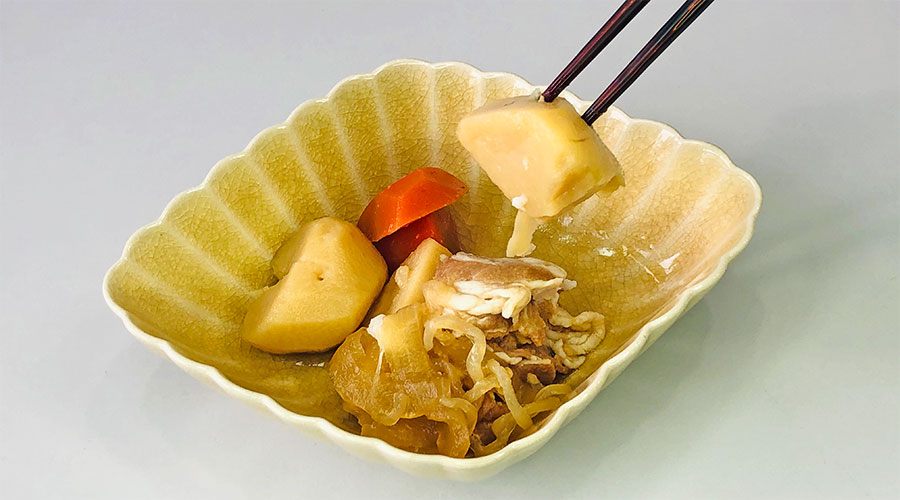 Stick food with chopsticks is one of the things you’ll want to do when a meal is difficult to grab, but this goes against usage manners.
Stick food with chopsticks is one of the things you’ll want to do when a meal is difficult to grab, but this goes against usage manners.
8. Yosebashi
 Moving bowls or other containers with chopsticks is another thing that should not do.
Moving bowls or other containers with chopsticks is another thing that should not do.
9. Watashibashi
 When you put down or stop using chopsticks in the middle of a meal, do not place them on a plate or bowl. Place them on a holder or a wrapper. If none are available, place them on the edge of the bowl, just the tip of the chopsticks.
When you put down or stop using chopsticks in the middle of a meal, do not place them on a plate or bowl. Place them on a holder or a wrapper. If none are available, place them on the edge of the bowl, just the tip of the chopsticks.
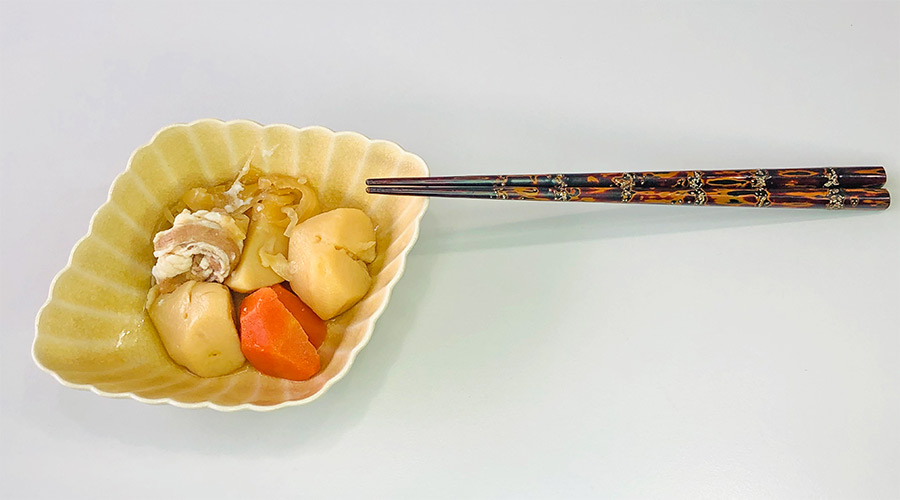
10. Hashiwatashi
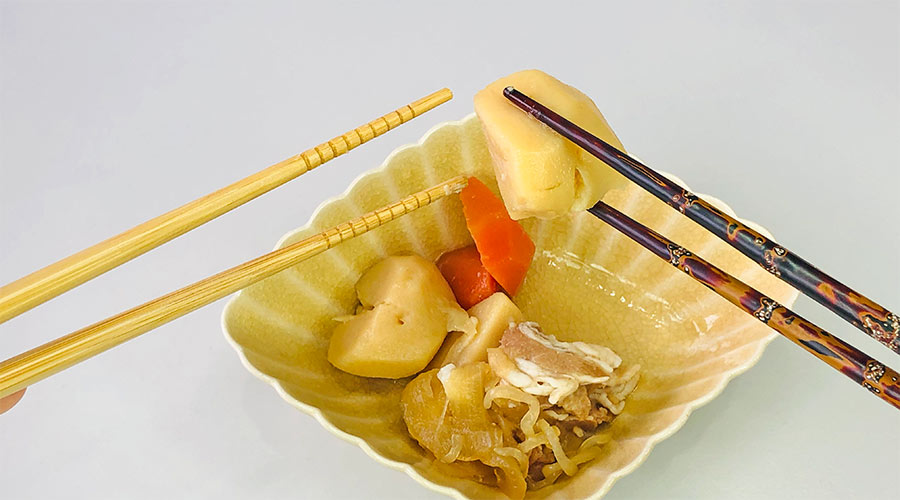 Do not transfer food directly from chopsticks to chopsticks. When delivering the food, place it on a plate and deliver it.
Do not transfer food directly from chopsticks to chopsticks. When delivering the food, place it on a plate and deliver it.
This is because in Japan, after cremation, the bones of the dead are transferred, passing them with special chopsticks between relatives and assistants to a container.
11. Tatebashi
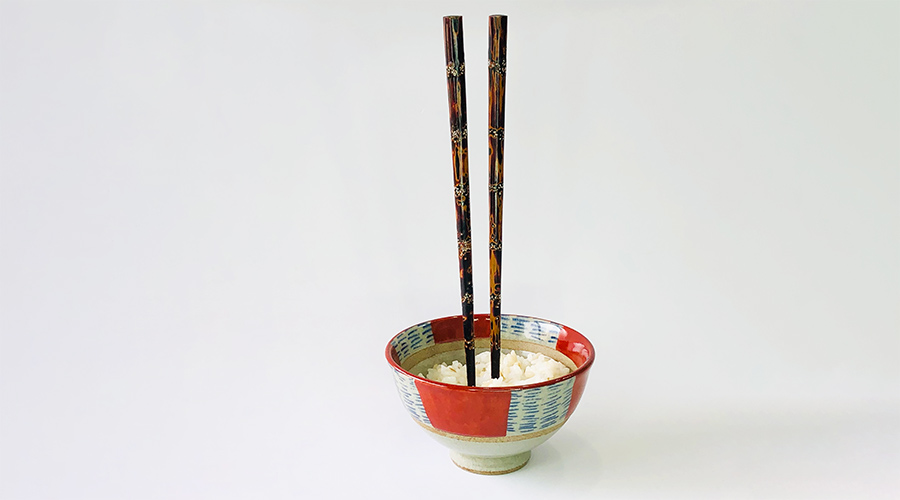 It is frowned upon to stick chopsticks vertically in food, especially in the bowl of rice, since this is how food is offered on the altars of deceased people.
It is frowned upon to stick chopsticks vertically in food, especially in the bowl of rice, since this is how food is offered on the altars of deceased people.
12. Little tips related to chopsticks
Here are some little tips related to the use of chopsticks that are indispensable for Japanese tables.
13. Hashioki
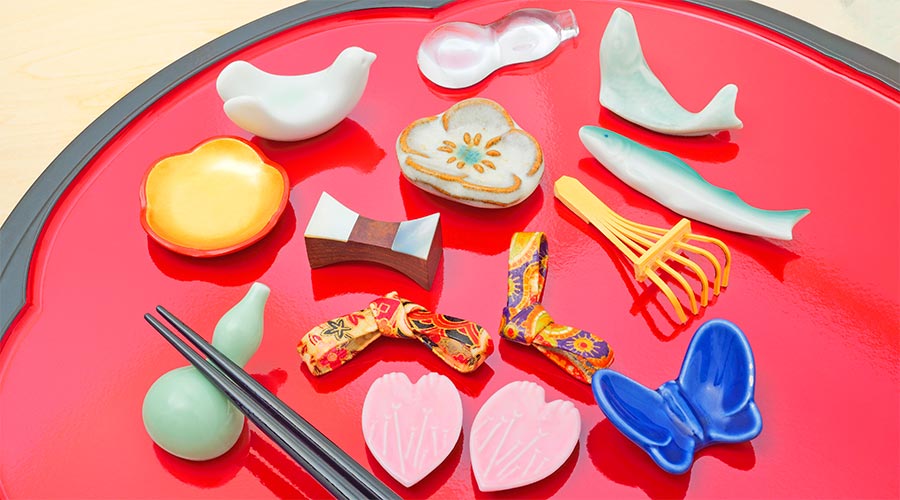 Hashioki are chopstick holders to prevent chopsticks from rolling or touching the table directly. When you put down or stop using the chopsticks during meals, place them on the holder. Most chopstick holders are made of wood, glass and ceramic, there are endless varieties of designs and colors.
Hashioki are chopstick holders to prevent chopsticks from rolling or touching the table directly. When you put down or stop using the chopsticks during meals, place them on the holder. Most chopstick holders are made of wood, glass and ceramic, there are endless varieties of designs and colors.
14. Hashibako
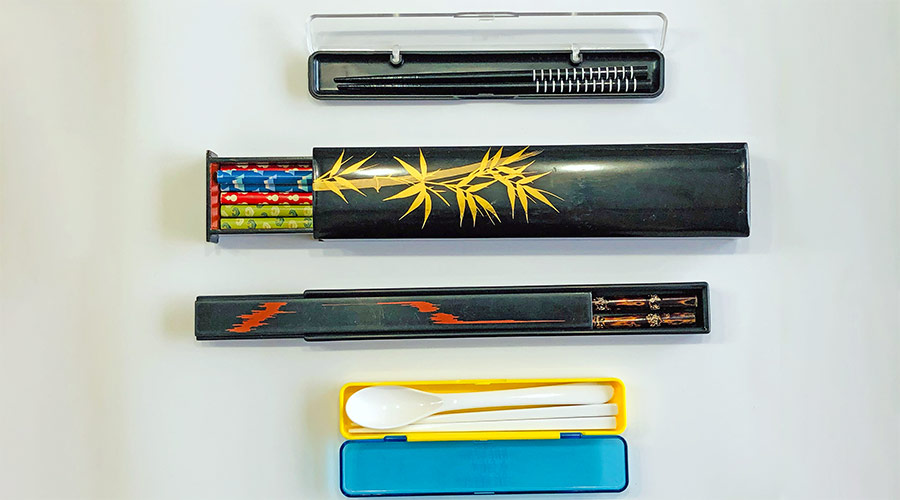 In Japan, lunches are almost always brought to schools and jobs, so chopsticks are put in a box and carried along with lunch. There are several types, with sliding cover or with transparent covers.
In Japan, lunches are almost always brought to schools and jobs, so chopsticks are put in a box and carried along with lunch. There are several types, with sliding cover or with transparent covers.
15. My hashi – My own chopsticks
In recent years, with environmental awareness, the number of people who carry their own chopsticks has increased, some with high-quality materials, prefabricated and with carved names.
16. Enjoy life with chopsticks!
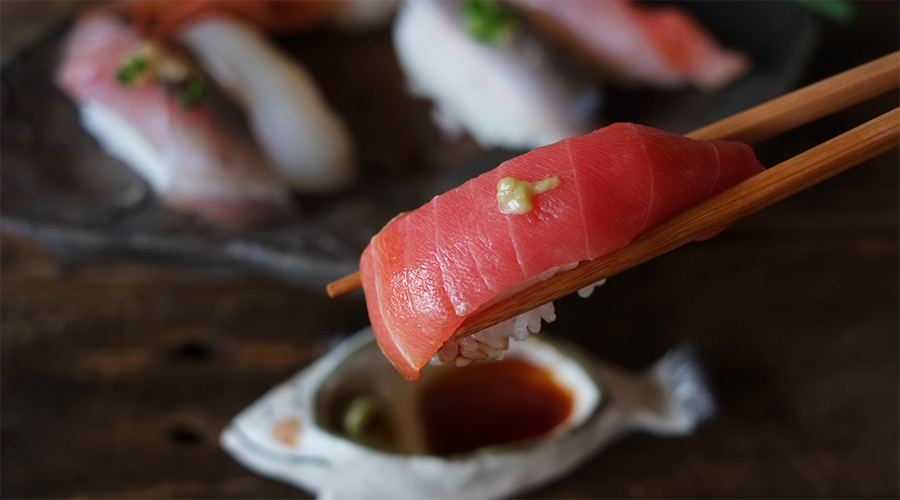 Even for the Japanese, it is not easy to follow the rules, but knowing and following the rules, will help you enjoy one of the best cuisines in the world with your favorite chopsticks.
Even for the Japanese, it is not easy to follow the rules, but knowing and following the rules, will help you enjoy one of the best cuisines in the world with your favorite chopsticks.
| Recommended Products
| Recommended Articles
Things to know about Japanese restaurants when visiting Japan and eating out
Written by D Armando
Translated by A. Osorio
The information in this article was current at the time of coverage and writing.
・・・ todonavi ・・・
